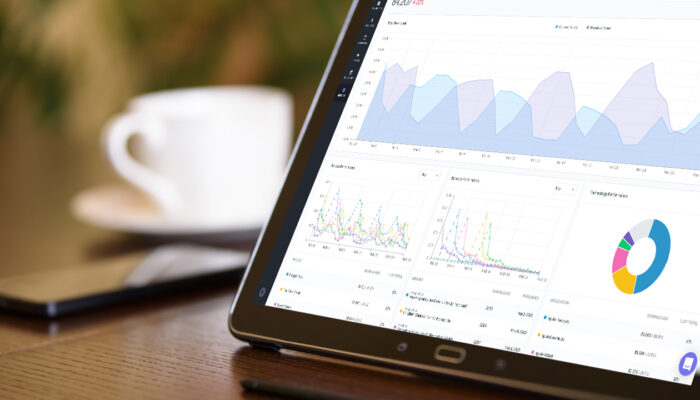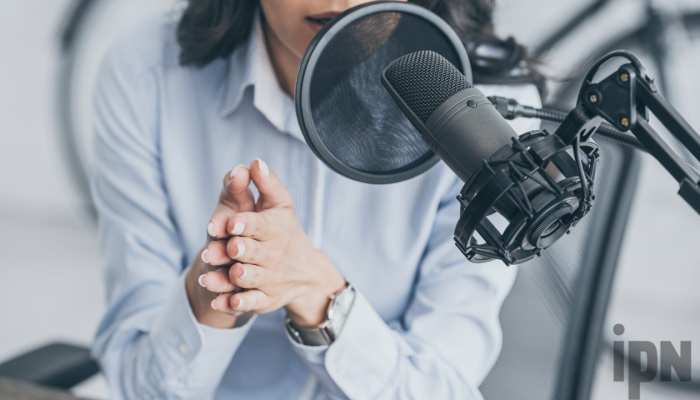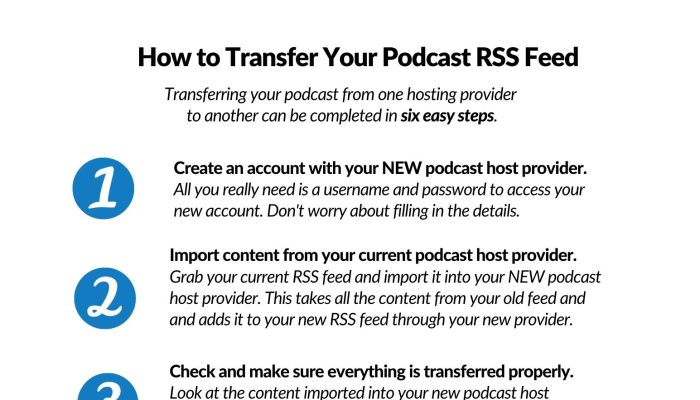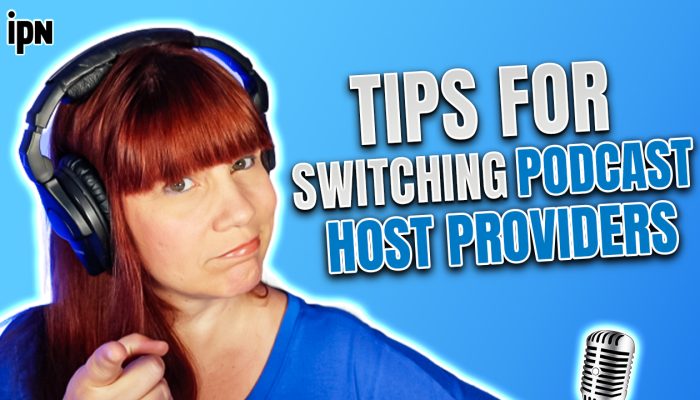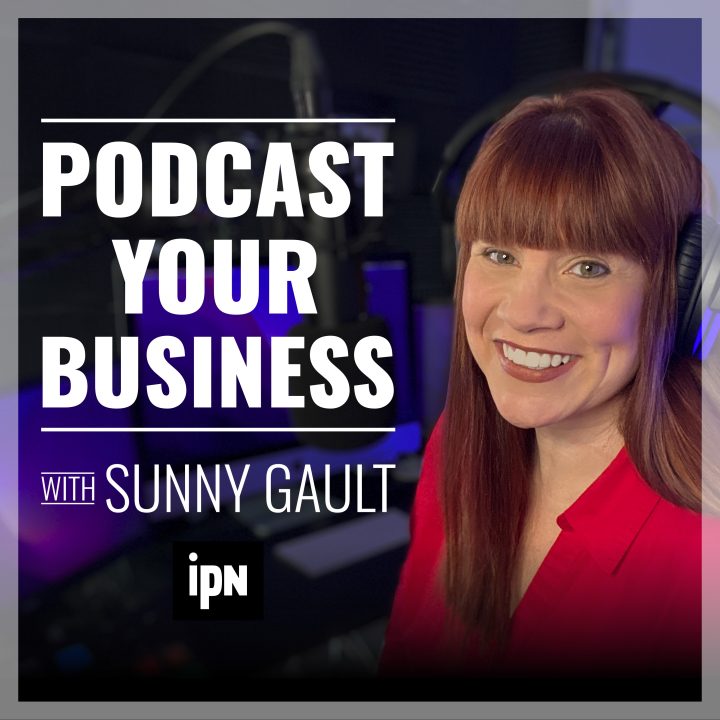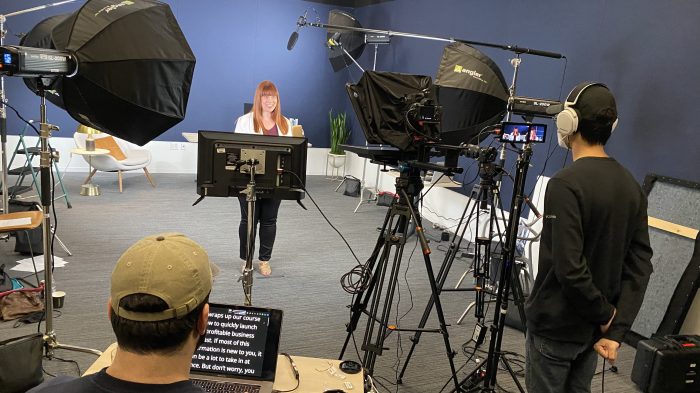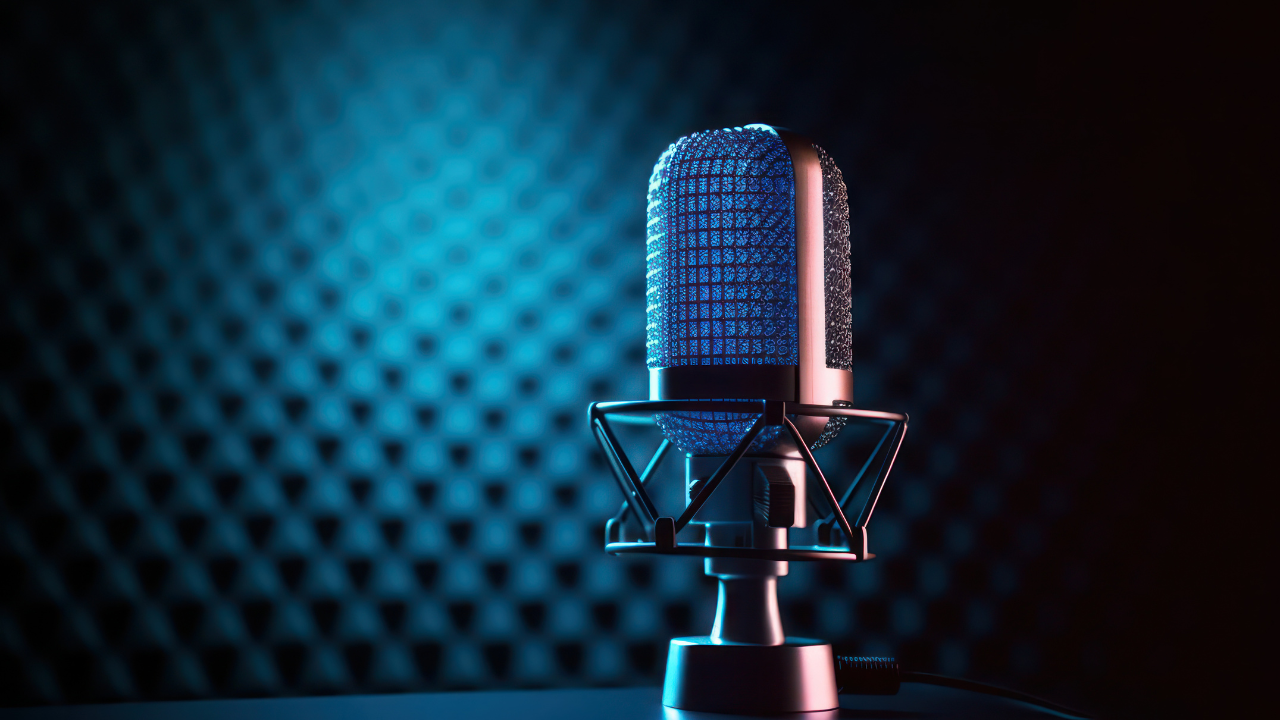
Whether you’re recording in a makeshift closet studio or a dedicated space, the mic techniques you use can make a huge difference in the sound quality of your podcast. The right mic techniques can add warmth to your voice, create intimacy with your listeners, and even enhance the storytelling aspect of your podcast. With an understanding of the possibilities, you can use your microphone as an expressive tool that complements and elevates your content.
Understanding Your Microphone
Before diving into specific techniques, it’s crucial to understand the tool you’re working with – your microphone. This knowledge will help you make the most of your equipment and adapt your techniques accordingly. We’ll assume you know about dynamic, condenser, and USB microphones and dig right into the things that really matter for podcasting, your microphone’s polar patterns and frequency response. If you don’t have a microphone yet, check out our guide to finding the perfect podcasting mic.
Microphone Polar Patterns
A microphone’s polar pattern determines its sensitivity to sounds coming from different directions. Understanding this can dramatically improve your recording quality:
- Cardioid: The most common pattern for podcasting, cardioid mics are most sensitive to sounds directly in front of them while rejecting sounds from the sides and rear. This pattern helps minimize room reflections and background noise.
- Omnidirectional: These mics pick up sound equally from all directions. While not ideal for most podcast setups, they can be useful for roundtable discussions or capturing room ambiance.
- Bidirectional (Figure-8): Sensitive to sounds from the front and rear while rejecting sounds from the sides. This pattern is excellent for face-to-face interviews.
- Multi-pattern: Some microphones offer switchable patterns, giving you flexibility for different recording scenarios.
Understanding your microphone’s polar patterns can help you figure out where background noise comes from and the best place for your mic to minimize background noises.
Microphone Frequency Response
Frequency response refers to how a microphone reproduces different frequencies across the audible spectrum. This characteristic greatly influences the tonal quality of your recordings:
- Flat response: Microphones with a flat frequency response aim to reproduce all frequencies equally, providing a natural, uncolored sound. This is often desirable for capturing accurate voice recordings.
- Presence boost: Many podcast-oriented mics have a slight boost in the upper-midrange frequencies (around 2-8 kHz). This “presence boost” can add clarity and intelligibility to voices, making them cut through better in a mix.
- Low-end roll-off: Some mics feature a gradual reduction in sensitivity to lower frequencies. This can help combat the proximity effect (an increase in bass response when close to the mic) and reduce low-frequency room noise.
In post-processing, you can adjust the EQ settings to fix any issues in the frequency response based on the mic you have.
Proper Microphone Placement
Now that you understand the basics of your microphone, let’s dive into how to position it for optimal sound. Proper microphone placement is crucial for achieving professional-quality audio in your podcast recordings. It helps avoid breathy recordings, plosives, and sibilance.
- Distance from your mic: For most podcasters, we recommend speaking about 4-6 inches away from the mic. It’ll take a bit of experimenting as the ideal distance depends on your specific voice so take a couple tries, find the best fit, and then put a marker on the floor or table with your ideal distance.
- Speak into the mic from an angle: While singers usually sing directly into a mic to get the fullest frequency, for podcasts, you generally want to set the mic at a slight angle to the side. This reduces sibilance and plosives to make your annunciation clearer and your recordings clearer. Most people sound best with the mic offset by 15 to 30 degrees.
- Use a pop filter: Pop filters primarily serve to reduce plosives – those bursts of air that create a popping sound when you say words with ‘p’ or ‘b’ sounds. It distributes the air coming out of your mouth preventing it from going directly into the mic. If you’re on a tight budget, you can create a makeshift pop filter using a wire hanger and a pair of nylon stockings. It’s one of the tools we recommend for starting a podcast.
- Fit your placement to your voice: One size does not fit all when it comes to microphone placement. Deeper voices sound best with the microphone slightly above the speaker’s mouth and high-pitch voices can get added warmth by positioning the mic slightly below the speaker’s mouth. A common mistake for soft-spoken individuals is getting closer to the mic, but instead, adjust the gain on the mic to keep the tonal quality you want.
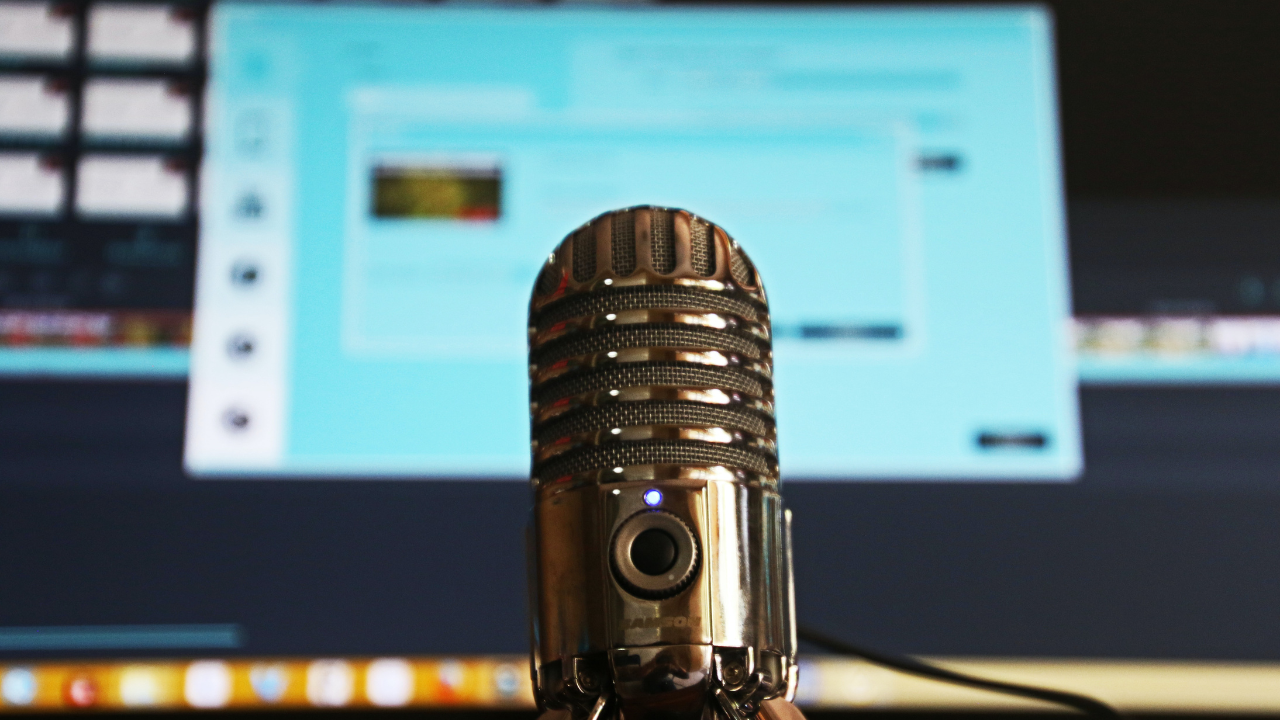
Managing Room Acoustics
Even with the best microphone and perfect placement, your recording can still be compromised by poor room acoustics. Understanding and managing your recording space by acoustically treating your podcasting studio is crucial for achieving professional-quality sound in your podcast. Here’s how to deal with the most common room acoustic issues:
- Bass build-up in corners: Place bass traps (specialized acoustic panels) in room corners to control low-frequency reflections.
- Flutter echo between parallel walls: Break up these reflections by placing diffusive elements or angling your workstation.
- Ceiling reflections: If you can’t treat your ceiling, try angling your mic slightly upward to reduce the pickup of ceiling reflections.
- HVAC noise: Schedule recordings when your HVAC system is off. If that’s not possible, use a noise reduction plugin in post-production.
- Computer fan noise: Position your computer as far from your mic as possible, or consider using a fanless laptop for recording.
In a pinch, you can always use the “recording under a blanket” trick. Basically, you’ll create a tent-like structure over your head and mic using a thick blanket. This can dramatically reduce room reflections and external noise. However, it can make recordings sound muffled, so only use this technique when necessary.
Advanced Techniques for Dynamic Range Control
Once you get a hang of the basics, you can start moving into more advanced techniques like dynamic range control. These techniques will help you maintain consistent levels and add a professional polish to your podcast recordings.
- The “mic fade”: For sudden loud passages, subtly lean back or turn your head slightly away from the mic. For softer parts, lean in closer. This technique requires practice but can be very effective.
- Hand gestures: Use predetermined hand signals to communicate with guests or co-hosts when they’re getting too loud or too quiet.
- Anticipate dynamic shifts: If you know a segment of your podcast will be more energetic, adjust your mic placement or gain beforehand.
- Vocal warm-ups: Regular vocal exercises can help you maintain better control over your voice’s volume and tone.
- Adding warmth: Move closer to the mic (1-2 inches) for a richer, more intimate sound. This can be great for dramatic readings or emphasizing important points.
- Creating distance: Back away from the mic (8-12 inches) to reduce the bass and create a sense of space or emotional distance.
- Light compression: Apply gentle compression (2:1 or 3:1 ratio) during recording to even out volume inconsistencies. All of the top podcast editing programs come with built-in compression plugins.
Conclusion
Mastering these techniques is not about achieving perfection overnight. It’s about consistent practice, experimentation, and a willingness to learn from both your successes and mistakes. The beauty of podcasting lies in its iterative nature – each episode is an opportunity to refine your skills and improve your sound.
